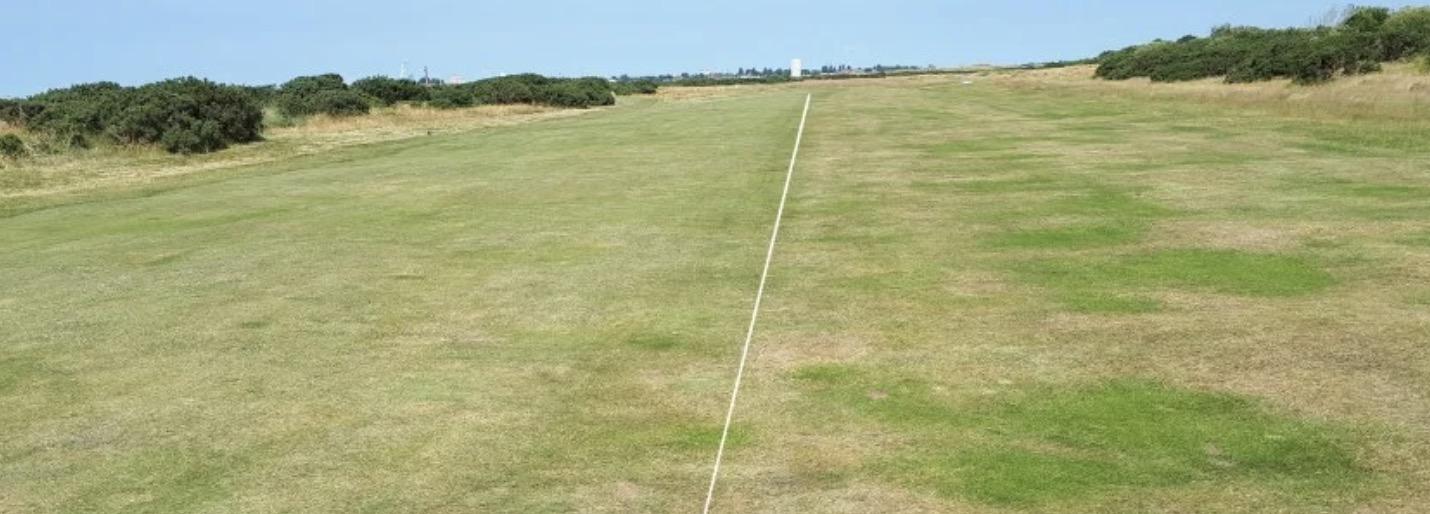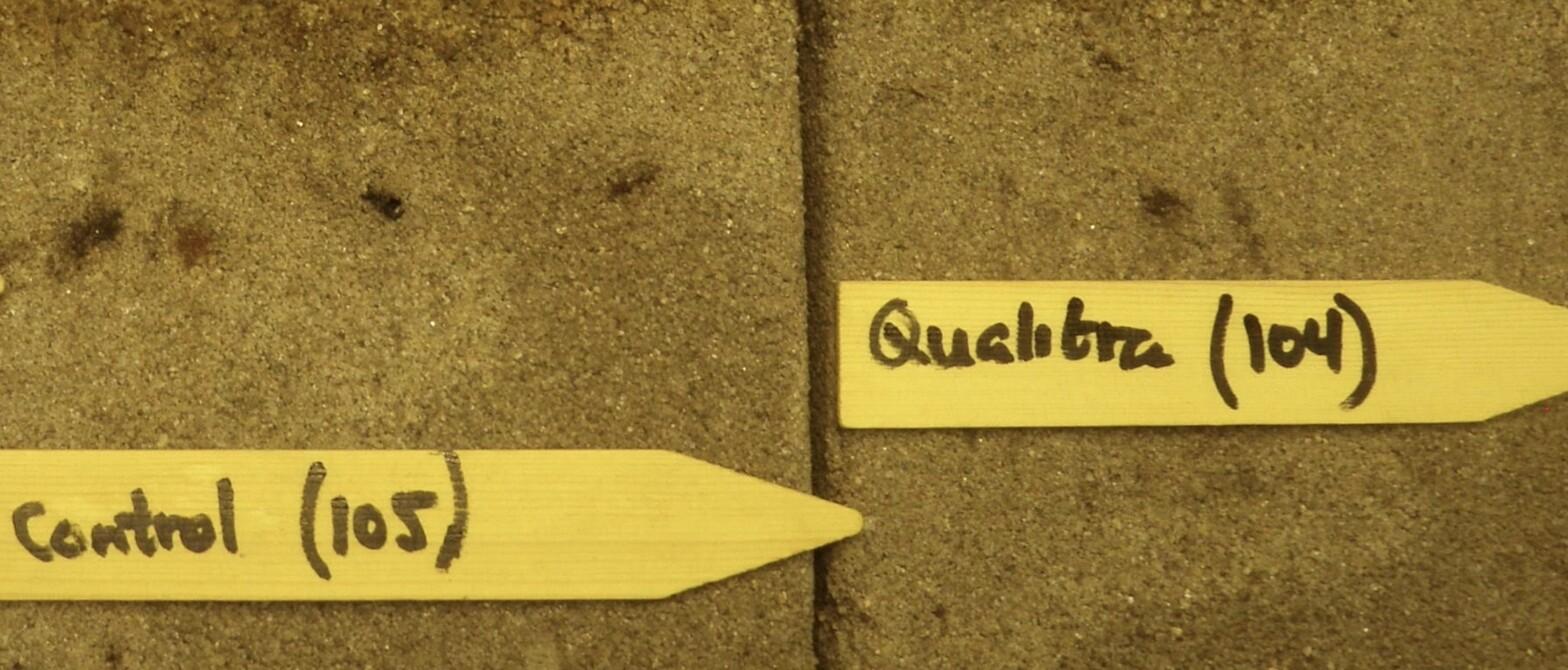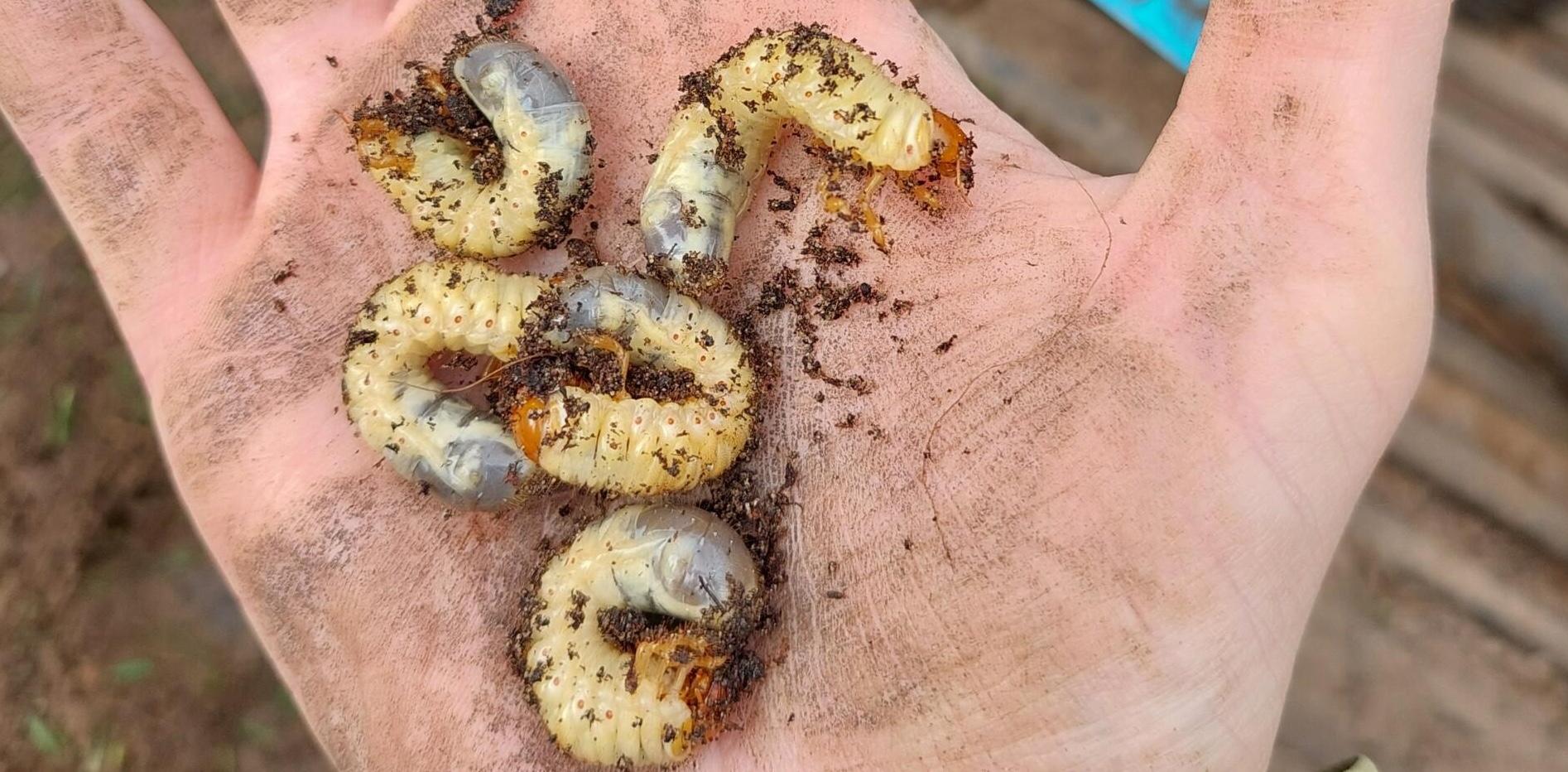Dry periods, like the one most have just experienced seem to be becoming more frequent (or perhaps it was just last years bad dry spell).
I don’t usually talk about the lack of rain much, living in South Wales rain is usually an integral part of the Summer.
But even I’d gotten fed up of having to water my plants every evening.
I’ve spoken to a few course managers that went 5-6 weeks without rain in the last few months, that’s a difficult thing to plan for, and can make presenting quality surfaces a real challenge.
Especially when water allocation is limited, or its so early in the season you feel you need to hold some back for later!
No one wants to be left twiddling their thumbs because they’ve used all the water available by July and we get a Summer like last year.
One person who I can imagine is glad of a little rain (which is not historically hard to come by in the North West) is Royal Liverpool’s Links Manager James Bledge. Read more about his preparations for the 151st Open here.
I did a blog around water management earlier in the year.
One of the main aims in March is to hold on to the water in the soil profile for as long as possible.
Plants need access to water to develop adequate root systems which help them gather nutrients and moisture in leaner times, so its important to deploy a quality wetting agent to extent that time window.
That gives more time to develop good rooting.
The second “super power” of quality wetting agents like Qualibra, and I guess we talk about it less, is they prime the soil for rewetting.
What we don’t want to happen when we finally get rain after a dry spell, is lose it all to run off or have uneven absorption or dry patch.
Where some areas have become hydrophobic at the surface and so do not get their ‘share’ of that 14mm downpour.

Different turf species and cultivars will have different tolerances to water deprivation. We know hot and dry spells can make the turf dormant, meaning they can survive until the rains return.
Having a quality wetting agent program in place makes sure we can make the most of the rain or irrigation we do get, and ensures a more even rewetting of the surface.
Wishing James Bledge and all the team the best of luck for the tournament! Listen to what he says about preparing the course on a Special On the Horizon podcast with Glenn and Henry below.




